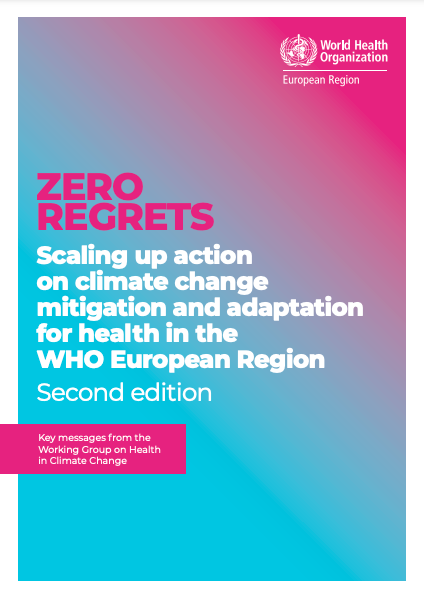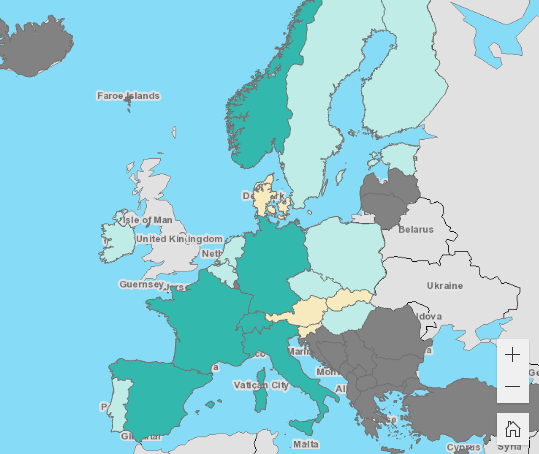Located in southeastern Europe, Bulgaria’s topography consists of hills and mountains (around 60%) and forests (around 34%) (1). Classified as an upper-middle income country, Bulgaria’s economy predominantly depends on the private sector, which accounts for more than 80% of the national GDP; scientific and technological research are at the top of the budgetary expenditure (2). Bulgaria’s overall population has decreased, but the urban population is increasing, while the rural population is decreasing (1).
Bulgaria’s climate is temperate continental with an influence from the subtropical climate of the Mediterranean. High altitude areas receive the most precipitation. Bulgaria has experienced a rise in temperatures; changing precipitation patterns (including drought and flood events); less snow cover; and severe storms. Climate-related health risks include atypical infectious diseases, such as malaria; ambient air pollution; and heat stress (affecting outdoor workers in particular) (1,3).
There have been many extreme weather events in Bulgaria in recent years, with injuries, deaths and material losses; for example, flash floods (in January 2021 and June 2014), droughts, tornadoes and storms. Indeed, the number of extreme weather events has risen by 30% in Bulgaria in the period 1991–2007, compared with the period 1961–1990, and is estimated to have risen by 50% in 2020. By 2050, the number of extreme weather events in Bulgaria could triple (data provided by the Ministry of Health).
Bulgaria, as a member of the European Union (EU), is committed to the European Nationally Determined Contribution (NDC), which seeks to mitigate at least 55% of its greenhouse gas emissions by 2030 compared with the 1990 levels (4). Bulgaria’s National Adaptation Strategy identifies health adaptation options, such as education and awareness programmes, and assessing health vulnerability at the national and local level (3).











